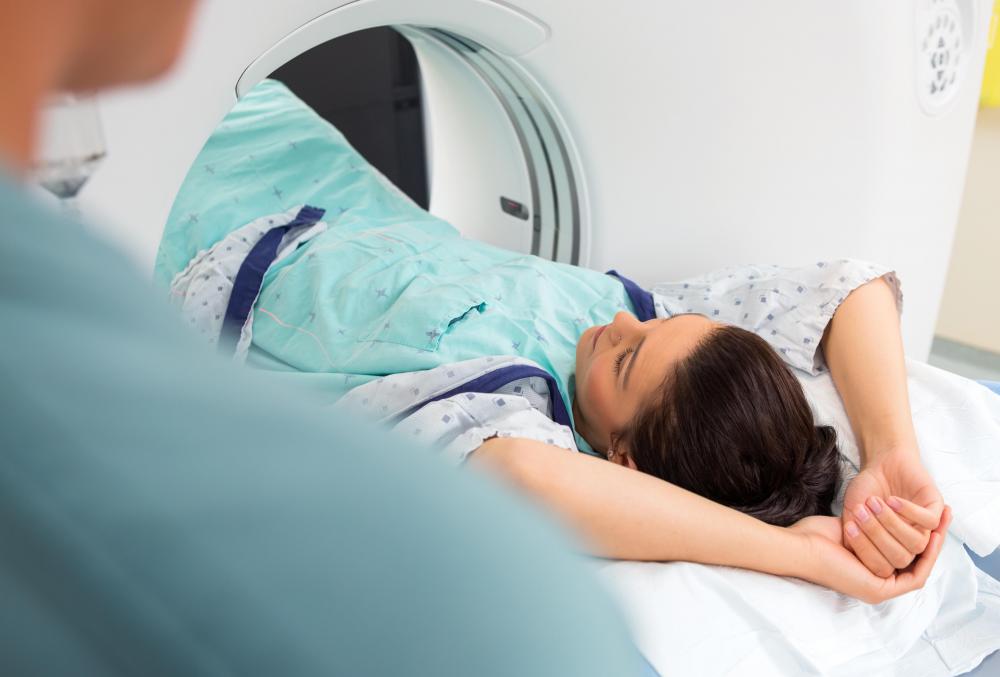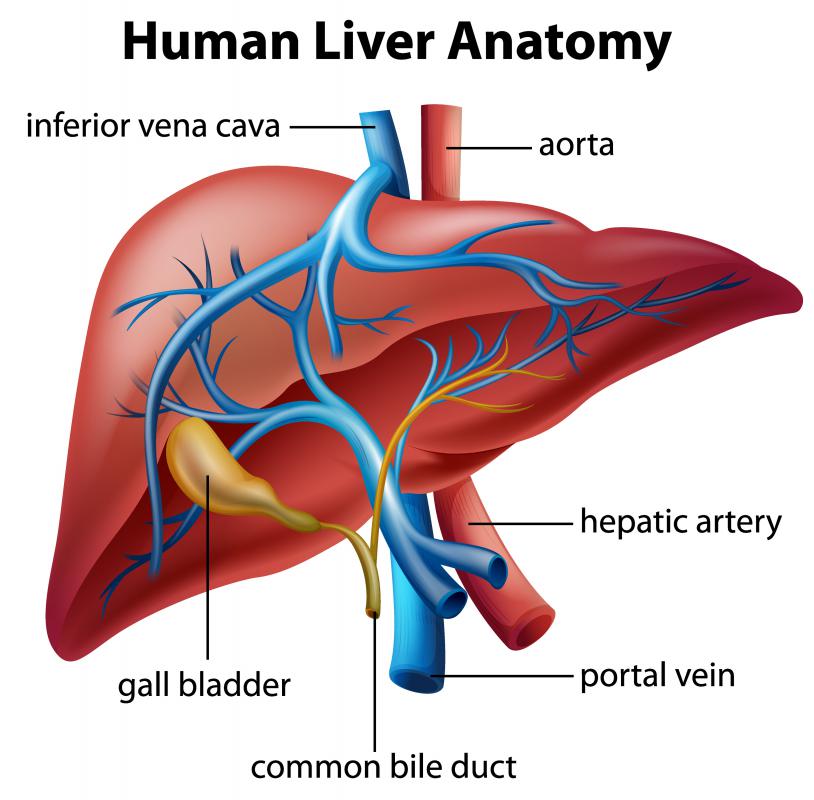At TheHealthBoard, we're committed to delivering accurate, trustworthy information. Our expert-authored content is rigorously fact-checked and sourced from credible authorities. Discover how we uphold the highest standards in providing you with reliable knowledge.
What is a Bile Duct Obstruction?
Bile duct obstruction, also known as biliary obstruction, occurs when the tubes used to transport bile through the body become blocked. Typically, bile moves from the liver to the small intestines and gallbladder. When it cannot leave the liver, a host of medical conditions may ensue, such as jaundice, fever, and pain in the abdominal region. Certain groups of people are more prone to an obstruction, such as those with weak immune systems, individuals who have a history of pancreatic cancer or biliary cancer, or people with a history of gallstones. Luckily, a bile duct obstruction can be diagnosed and treated.
With a bile duct obstruction, it is important to discover the causes of the condition since the causes are often linked to the kind of treatment the person will receive. The most common cause of a bile duct obstruction is cyst formation near the duct. The cysts will typically be removed surgically, thereby opening the duct and treating the condition. Gallstones may also cause the condition. In many cases, the gallbladder may be surgically removed or in rare cases, the gallstones may be dissolved over time using drugs.

Other causes for a bile duct obstruction include an inflamed lymph node or an infected bile duct. In those cases, antibiotics are usually prescribed to reduce the inflammation and treat the infection. Once the bile duct is no longer inflamed, bile should flow freely. Pancreatic or biliary cancers may also cause the condition. Typically, any cancerous tumors will be removed or, in the alternative, stents will be used to widen the tubes and allow bile to flow if the tumor must remain in place.

There are a few symptoms that may point to a bile duct obstruction. For example, some individuals experience pain in the upper-right section of their abdomen. Other affected individuals have abnormally dark-colored urine, itching, or fever. In some cases, the person develops yellow-colored skin or jaundice. Abnormal stool coloring, nausea, and vomiting are also possible symptoms for the condition.

There are several methods that can enable a medical doctor to determine whether or not a person has a bile duct obstruction. For example, a physical examination of the stomach area may allow the doctor to feel for tumors, cysts, or stones. In addition, a blood test may reveal whether the person has an abnormally high breakdown of bile or bilirubin. Other blood tests can be used to analyze alkaline phosphate and liver enzyme levels. Using an ultrasound machine or a computed tomography (CT) scan may allow the doctor to visually look for any blocks to the bile ducts.
AS FEATURED ON:
AS FEATURED ON:













Discuss this Article
Post your comments